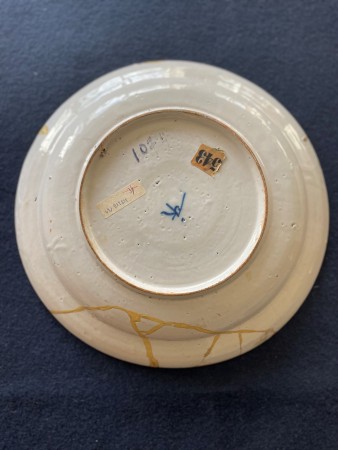It is a plate with a dragon in the center. I suppose that it`s made by De Griekse A around 1700.
Is it right?
Vraag
Unfortunately the plate has been broken in former times and the fragments have been glued. This repairing must have been even in former times, before our family has bought it in the 1920th.
Is ist worthwile to repair it again in way, less visible? And can you give me an idea who can do the repair and have you any idea how much it would cost?
Afmetingen
26cm diameter
Collectie
publiekscollectie















Reacties 5
Dear, similar to your other plate it's indeed Griekse A.
Unfortunately I have no idea what such a restauration would cost. Depending on what you are willing to pay for it and what emotional value it has for you, I would definitely consider it. they are beautiful plates that carry a whole history. Below are a few professional restorers where you can request a quote in advance. Good luck!
Helaas heb ik geen idee wat zo'n restauratie kost. Afhankelijk van wat u ervoor overheeft en welke emotionele waarde er voor u aan vastzit zou ik het zeker overwegen. het zijn prachtige borden die een hele geschiedenis meedragen. Hieronder alvast een paar professionele restaurateur waar u vooraf een offerte kunt vragen Succes !
Kind regards, Franky
https://www.atelieraz.be/restauratie/keramiek/
https://www.margotvanos.nl/voor-en-na
In reply to Dear, similar to your other… by FrankyStevelinck1011
Hi Franky,
many thanks for your description, everything is new for me. And even many thanks for the adresses of the professional restaurateurs.
Yours
Klaus
Hello, I am afraid that the restoration costs will be more than the value of the dish. The dish is already broken and a restoration will not make the dish more valuable. Best is to scrape off the yellow lines, gently, with a sharp scalpel or rasorblade, then it will look better in 2 minutes. Just try FIRST with a small section and be careful with your fingers. Good luck.
Another option could be the kintsugi method, instead of hiding, showing the cracks. I’ve tried this once by using 24ct gold leaf and gold leaf glue. It’s reversible as well in case you do want a proper restoration later.
Verdict:
Analysis:
See description below other plate
Add new comment
Only logged in users can post comments
Log in or register to post comments